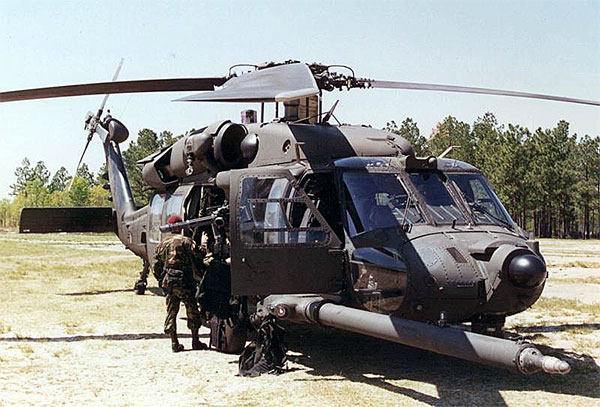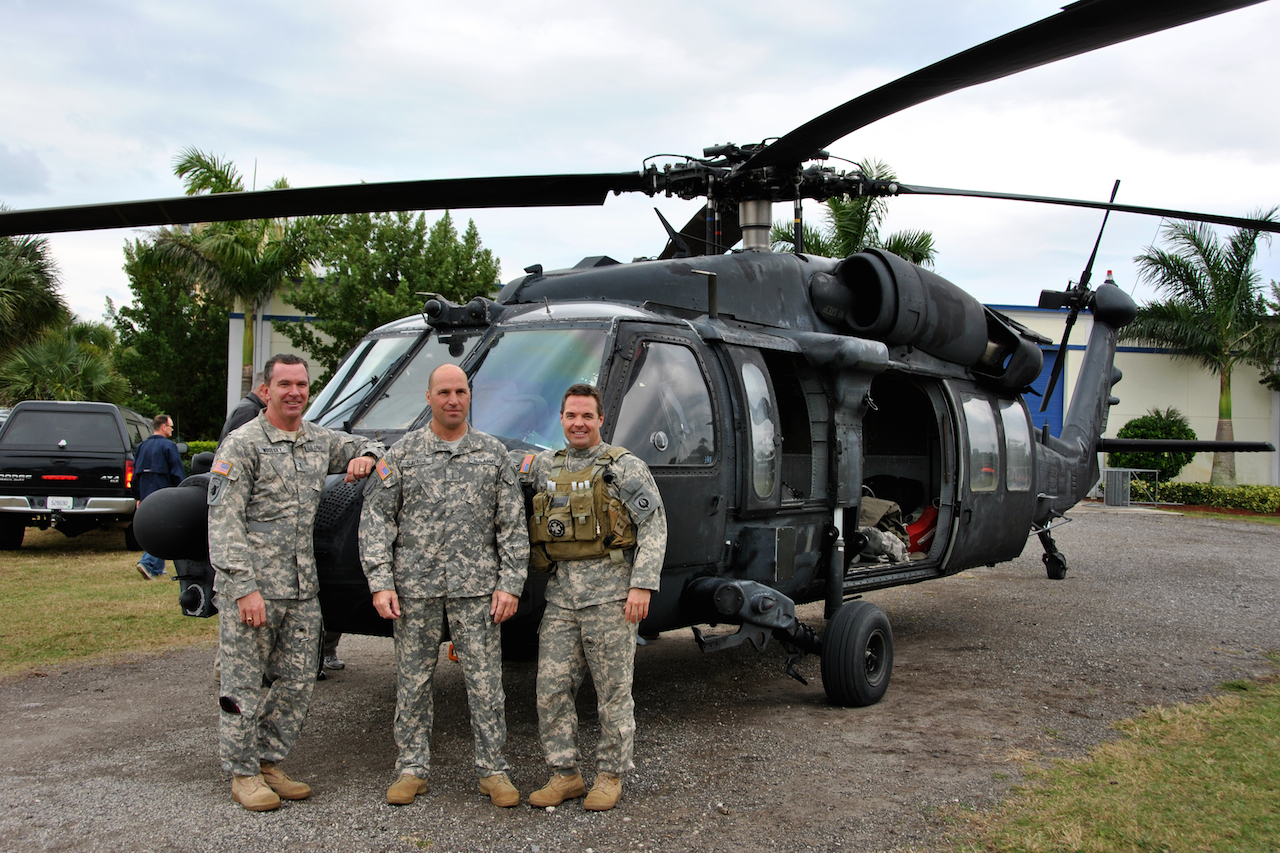Pictures from an exhibition:
Ohakea Air Show: New Zealand Choppers
So I've been wondering how to share the literally hundreds of photos I took at the Air Tattoo. Decided to go with themes, and how the day unwound. So the first thing I saw was a line-up of NZ Choppers. So let's start here:
Line-up of active helicopter types in the RNZAF:
Seasprite SH2-G(I), A109 LUH and NH 90s lined up at Ohakea Air Base
AugustaWestland A109 Light Utility Helicopter
The Helicopter Transition Unit is responsible for the operational testing and introduction of the new A109 training and light utility and NH90 medium utility helicopters which are replacing the Bell Iroquoiss.
The RNZAF has five new state-of-the-art AgustaWestland A109 Light Utility Helicopters (A109LUH). They are a lightweight, twin-engine aircraft with a modern glass cockpit and a retractable wheeled undercarriage.
The A109LUH is part of the Defence Force helicopter training system that includes computer based training, a virtual interactive procedural trainer, a simulator and helicopter. This provides the Defence Force with a cost effective means of training aircrew prior to operational conversion onto the NH90 or SH-2G helicopters. In addition to its training role, the A109LUH will be used in various operational roles.
Manufacturer: AgustaWestland, Italy
Power plant: Two Turbomeca Arrius 2K2 turboshaft engines capable of producing 609 Shaft horse power (SHP) each. The transmission system is rated for a maximum of 900 Shp (normally 450 Shp x 2)
Length: 12.939m
Fuselage Length: 11.429m
Rotor diameter: 10.830m
Height: 3.421m
Empty weight: 2200kg
Undercarriage: Retractable tricycle (wheeled)
Maximum take-off weight: 3175kg (3200kg with external load)
Useful load on cargo hook: 400kg
Rescue hoist: Can lift 270kg or two people
Max cruise speed: 285kph
Normal ferry range: 650km
Normal endurance: 3 hours 30 minutes
Crew: Two pilots, one helicopter crewman
Seating: The A109LUH has two pilot seats and a maximum of six seats in the rear cabin
Equipment: Glass cockpit (fully Night Vision Goggle compatible) with moving map, advanced flight management system, four-axis autopilot, fitted with radios for interoperability with the Defence Force, other military partners and civil agencies, Nightsun searchlight, emergency floats
Armament: Single pintle mounted 7.62mm MAG 58 Machine Gun
Protection: Full cockpit and rear cabin ballistic protection
(Information from RNZAF Official website)
A109 LUH In-flight display
A109 LUH Static display
Grand ol' dame: Bell Iroquis on static display
Bell UH-1H Iroquois
The RNZAF has retired its fleet of 16 Iroquois helicopters as of 1 July 2015The first delivery was five UH-1D in 1966 followed in 1970 by nine UH-1H and one more UH-1H in 1976. All of the UH-1D aircraft were upgraded to 1H specification during the 1970s.
Two ex-US Army UH-1H attrition air frames were purchased in 1996, one of which is still in service. Three aircraft have been lost in accidents.
Capacity is nine passengers or five troops with full packs or seven troops in light order. Equipment included a rescue winch, nightsun searchlight and night vision goggle capability. Armament was the M60 7.62mm, replaced by the MAG58 7.62mm.
The NH-90s took over all official duties on 1 July 2015. 10 Bell UH-1H air frames were advertised for sale to domestic and international purchasers and the remaining three air frames will be donated to museums around New Zealand.
On the 2 March 2016, after a successful tender acquisition, the Iroquois helicopter fleet was shipped to Dakota Air Parts International, warehouse in Phoenix, Arizona. Six of the ten helicopters remain in a airworthy condition.
3 Sq RNZAF NH 90's
NH Industries NH90
The NH Industries NH90 was chosen as the primary replacement helicopter for the Bell UH-1H.
The NH-90 are used to support the NZ Army, NZ Police, New Zealand Department of Conservation, assist with search and rescue, VIP duties, and heavy lifting.
Nine NH-90 were acquired for NZ $70 million a helicopter in 2007 and deliveries began in 2012 with the first two helicopters arriving at RNZAF Base Ohakea. The NH-90 took over all official duties from the Bell UH-1H on 1 July 2015.
Tail assembly NZ3304 NH90 of 3 Squadron RNZAF
Winching gear
The NH90 is an advanced medium utility helicopter, capable of undertaking a wide variety of roles. It incorporates new and sustainable technologies and represents a substantial improvement on the Iroquois that will provide the NZDF with a contemporary, highly capable and deployable helicopter. The NH90 will be used for frontline military and civil operations.
The RNZAF has eight NH90 helicopters in its fleet.
The NH90 can carry up to 12 fully equipped soldiers or up to 18 lightly equipped troops (allowing for door gunners). It can carry up to 9 stretchers plus medical staff or palletised cargo; it can also lift the Army’s Light Operational Vehicle.
It has the capability to support ground operations, disaster relief, search and rescue, counter-drug operations and counter terrorism. Police, Customs, Maritime NZ, Civil Defence, Foreign Affairs and Trade, NZAID and the Department of Conservation all will be able to make effective use of the NH90.
Aircraft: NH90
Manufacturer: NATO Helicopter Industries (NHI)
Power plant: 2 x Rolls-Royce Turbomecca RTM 322-01/9; 2,227 SHP each)
Length: 19.56m (rotors turning)
Width: 4.62m (fuselage and stabilator)
Height: 5.23m (rotors turning)
Max weight: 10,600kg, can be extend to 11, 000kg in certain operational situations
Max underslung load: 4,000kg
Max speed: 300kph (164kts)
Fuel: 2035 kgs (internal), two 500kg external fuel tanks
Range: 780km (420nm) with internal fuel
Endurance: 4.45 hours on internal fuel
Crew: Two pilots and one or two Helicopter Loadmasters (HLM)
Capacity: Eighteen troops in light order (allowing for door gunners)
Tail assembly folded for transport on naval vessels or road
Kaman SH-2G(I) Super Seasprite
The Kaman SH-2G(I) Super Seasprite is an advanced maritime weapon system and proven day/night/all-weather multi-mission helicopter. Originally designed to meet the exacting requirements of the U.S. Navy, the SH-2G Super Seasprite has the highest power-to-weight ratio of any maritime helicopter, assuring a safe return-to-ship capability even in single-engine flight conditions.
It is the largest, most powerful small ship helicopter in use today and is recognized for its mission effectiveness, support, and unmatched performance. The SH-2G is currently operated by the Royal New Zealand Navy, the Egyptian Air Force and the Polish Navy.
Its robust design, outstanding stability, and excellent reliability have been proven through more than 1.5 million flight hours. The SH-2G is a multi-mission maritime weapon system designed to fulfill anti-submarine warfare (ASW), anti-surface warfare (ASuW), over the horizon targeting, surveillance, troop transport, vertical replenishment, search and rescue, and utility missions.
The Kaman SH-2F Seasprite, was operated in the first decade of the 2000s whilst the SH-2G(NZ) Seasprite helicopters were being built to replace these aircraft. In April 2013, the government approved the purchase of an upgraded and expanded Seasprite helicopter fleet for the NZDF - the SH-2G(I) Super Seasprite helicopter.
No. 6 Squadron is one of the force elements under the command of the Air Component Commander HQ JFNZ (ACC) and remains under full command of the Chief of the Air Force.
Operational command (OPCOM) when ships' flights are required to embark, is assigned by ACC to the Maritime Component Commander (MCC), who will in turn assign operational control (OPCON) to the ship's CO. The squadron is located at RNZAF Base Auckland.
Squadron History
The squadron operates Kaman SH-2G(I) Seasprite helicopters.
To meet NZDF Naval Helicopter Force requirements, the Squadron provides:
- operational tasks and training for the RNZN.
- surface warfare missions and surveillance operations.
- underwater warfare.
- helicopter delivery services/logistics.
- day and night search and rescue.
- medical evacuation.
- helicopter operational conversion (Seasprite) training for pilots, observers and helicopter crewmen.
- assistance to other government agencies.
An increase in the fleet from five to eight allows the helicopters to be embarked on the two ANZAC Class Frigates, HMNZS Te Mana and Te Kaha, as well as the offshore patrol vessels HMNZS Otago and Wellington, and the multi-role ship HMNZS Canterbury with aircrew from the RNZN and maintainers from the RNZAF.
The Squadron is currently annually allocated approximately 1000 flying hours to achieve the stated tasks.
In July 1998, Naval Support Flight moved from their historic home at Hobsonville to the Whenuapai, Auckland air base and on 31 October 2005, was reformed as No. 6 Squadron, RNZAF.
Naval aviation have been involved in a number of operations:
Multi-nation Interdiction Force (1980's, 1996, 1999)
Bougainville and Papua New Guinea (1990's)
East Timor (1999-2000)
Solomon Islands (2000, 2001)
Operation Enduring Freedom (2002, 2003, 2004)
I always find air show sea rescue simulations a little awkward to watch, and this was no exception. Whilst it does display the aircraft's capabilties, it seems just somehow wrong to see someone sitting on a trailerboat being"rescued" on dry land , and then seeing the boat and trailer then being towed away by a ute.
Oldest of NZ's workhorses, the Bell Sioux
Bell 47G-3B-2 Sioux
The first helicopters to be flown by the RNZAF, six B47G-3B-1 (NZ3701 -NZ3706) were delivered in 1965. Seven B47G-3B-2 (NZ3707 – NZ3713) were purchased in 1968 and delivered during 1970. All Bell 47G-3B-2 have been retired and replaced by the Agusta A109LUH since 2011.
There was also a display of precision flying from some of the many rescue helicopters that do such fantastic life-saving work all over the country. In this case it is ZK-IPT, a Palmerston North based
Kawasaki BK-117 B-2. Two or three were present at the event.






















































